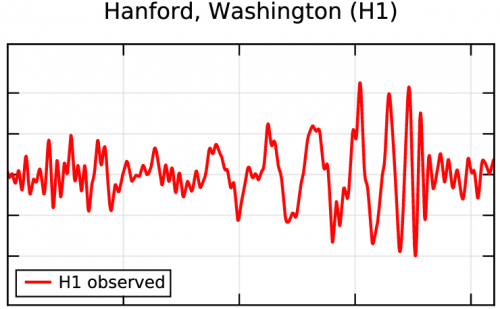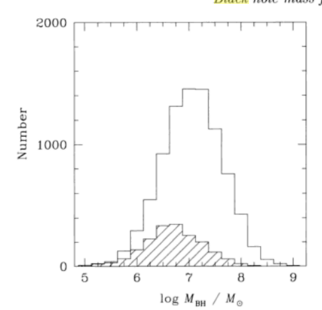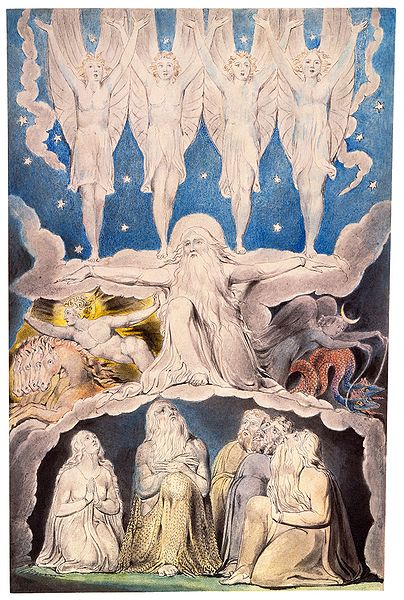The Laser Interferometer Gravitational-Wave Observatory (LIGO) recently detected the collision between two blackholes, of 29 and 36 solar masses, 1 billion light years away. The gravitational wave, translated into sound, was a seemingly trivial 0.2 second chirp. As I try to understand this event, I am deeply moved. I’ll try to explain why.

The LIGO black holes were massive objects. Their collision released enough energy that it shook space a billion light years away. But there are at least two reasons to believe that we will detect much bigger collisions.
First, on the scale of the universe, 1 billion light years is — take a deep breath — close. The radius of the observable universe is 45 billion light years.* So the collision happened in a cozy neighbourhood surrounding us that is roughly 10-6 of the volume of the observable universe. LIGO is the first successful gravitational-wave observatory. We will have better ones that can detect events much farther away.
Second, we heard the chirp just days after the instrument was turned on. Why should we suppose that the first event we detected was unusually large? I’ll hazard the guess that when we have enough data, we’ll see that the distribution of gravitational wave amplitudes has a long upper tail, meaning that if we listen for an extended period, we will detect much more energetic events.
So what is a large gravity wave going to be like?
The collision of the 36 and 29 solar mass black holes produced a merged black hole of 62 solar masses. The missing three solar masses (36 + 29 = 65) were converted into the energy of the gravitational wave itself. E = mc2, so this is a lot of energy. According to the physicist Lawrence Krauss, this was
more energy than was being generated by all the rest of the stars in the observable universe combined.
However, from what we know about black holes, these guys were not remarkably large. The figure below is a histogram of black hole masses, in log solar mass units, from a couple of surveys from Palomar. The LIGO black holes would have been too small to be observed using the methods in these surveys.

In the Milky Way, there may be black holes inside globular star clusters in the range of 102 – 103 solar masses. In the centres of large galaxies, there are black holes weighing 109 solar masses or more, perhaps formed from the collisions of smaller intra-gallactic black holes. The elliptical galaxy NGC 4889 holds a black hole of 21 billion solar masses. What unimaginable energy would be released in the collision of such galaxies?
Contemplating these possibilities vividly conveys the scale of the universe. It reminds us that we are very small and that the proper attitude toward the world is awe. Or perhaps, when discoveries like the LIGO detection shock us into seeing where and who we are, we may respond with ecstatic gratitude.
It’s an ancient story. Here is Job 38:4-7, in which God’s answer to the petitions of Job is, basically, STFU. Or as the translators serving King James rendered it:
4 Where wast thou when I laid the foundations of the earth? declare, if thou hast understanding? 5 Who hath laid the measures thereof, if thou knowest? or who hath stretched the line upon it? 6 Whereupon are the foundations thereof fastened? or who laid the corner stone thereof; 7 When the morning stars sang together, and all the sons of God shouted for joy?

*How, you ought to ask, can we observe things that are 45 billion light years away if the universe is only 14 billion years old? As I understand it, because space itself is expanding. The things we see at the edge of the observable universe are not older than the universe. But they are much much farther away from us now than they were when they emitted the light that arrives here.

